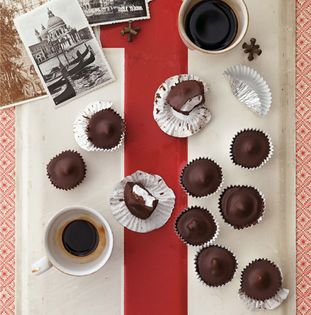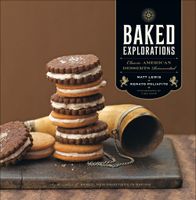Advertisement

Preparation info
- Yield:
40 to 60
Candies - Difficulty
Medium
Appears in
By Matt Lewis and Renato Poliafito
Published 2010
It all started with the mallo cup. Specifically the one manufactured by the Boyer Candy Company in Altoona, Pennsylvania. It was my gateway candy. The fluffy marshmallow filling encased in a dark chocolate candy cup had me hooked from bite number one, and soon I was hoarding and hiding the precious Mallos throughout my room and in the back of the freezer. The Mallo is still decidedly a northeastern treat. It is greatly appreciated within a certain distance from Altoona, and virtually unknow


